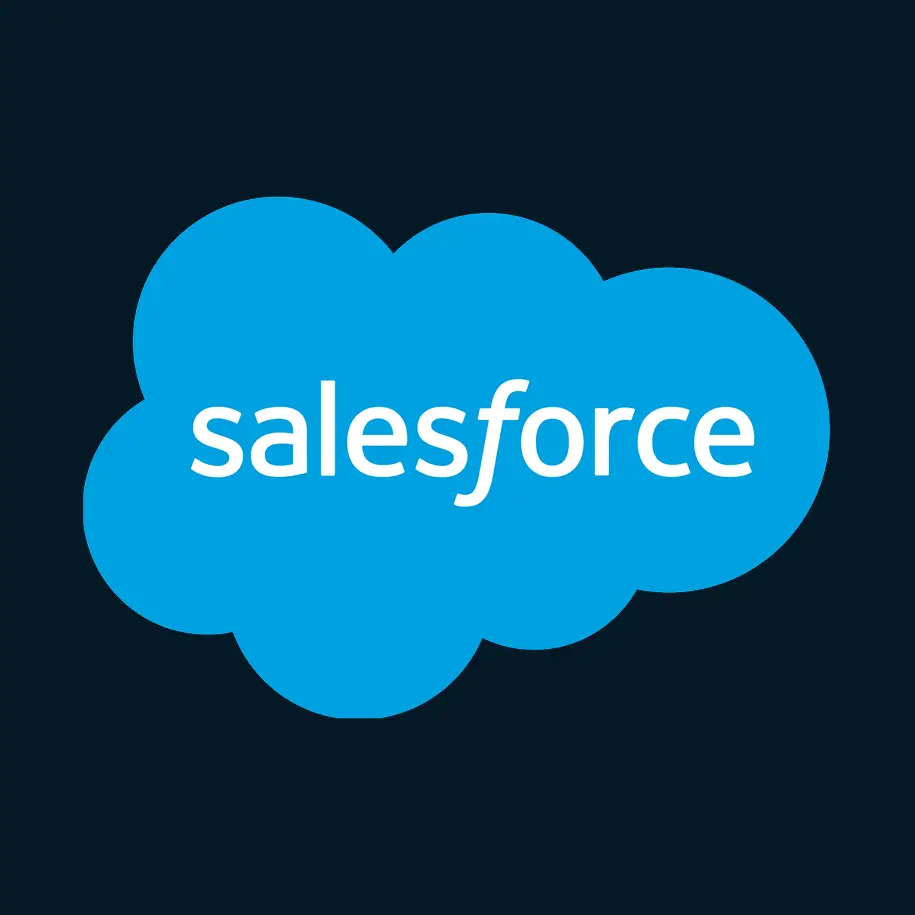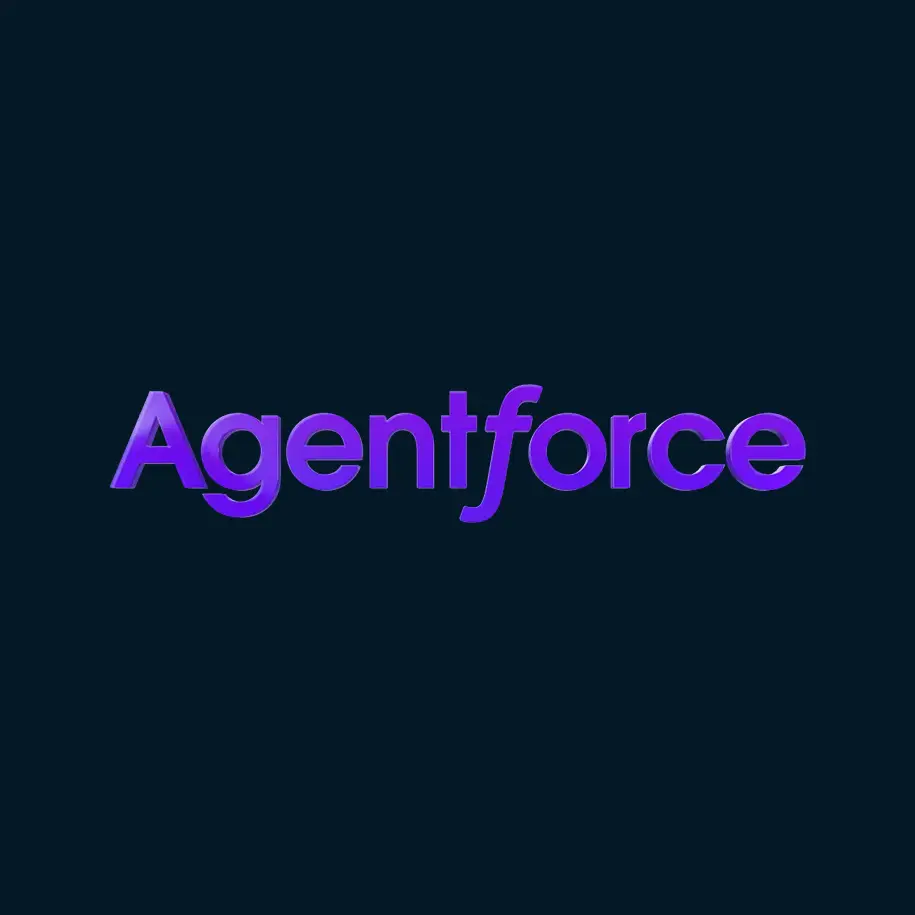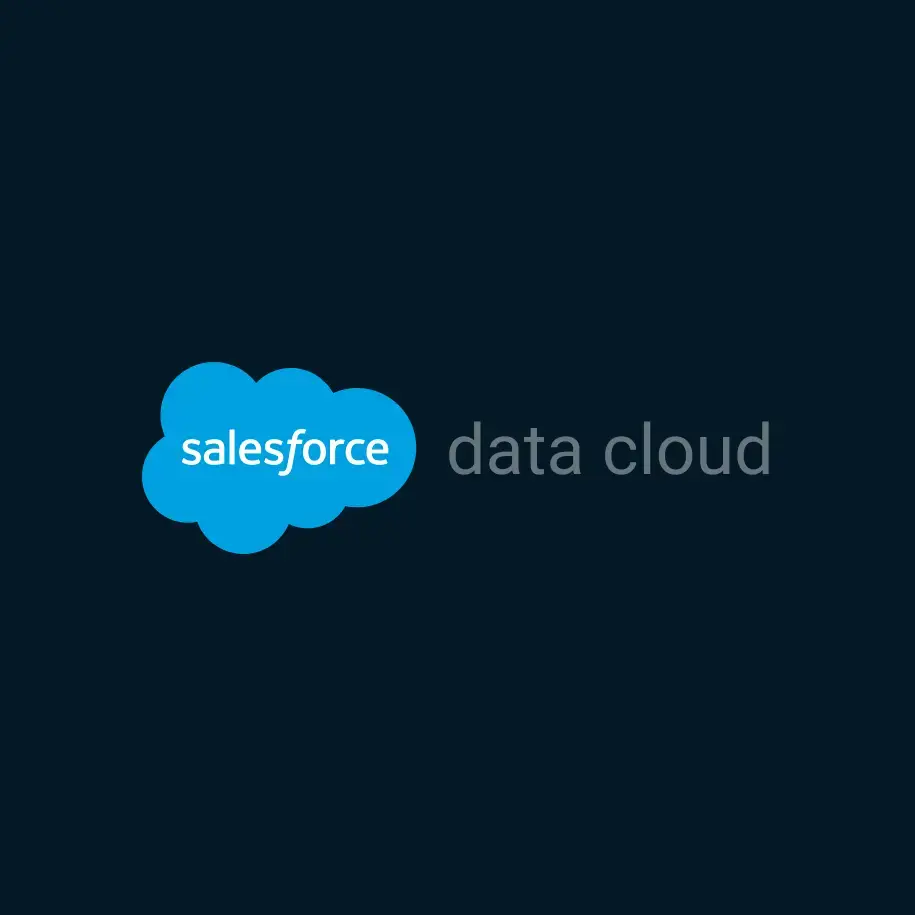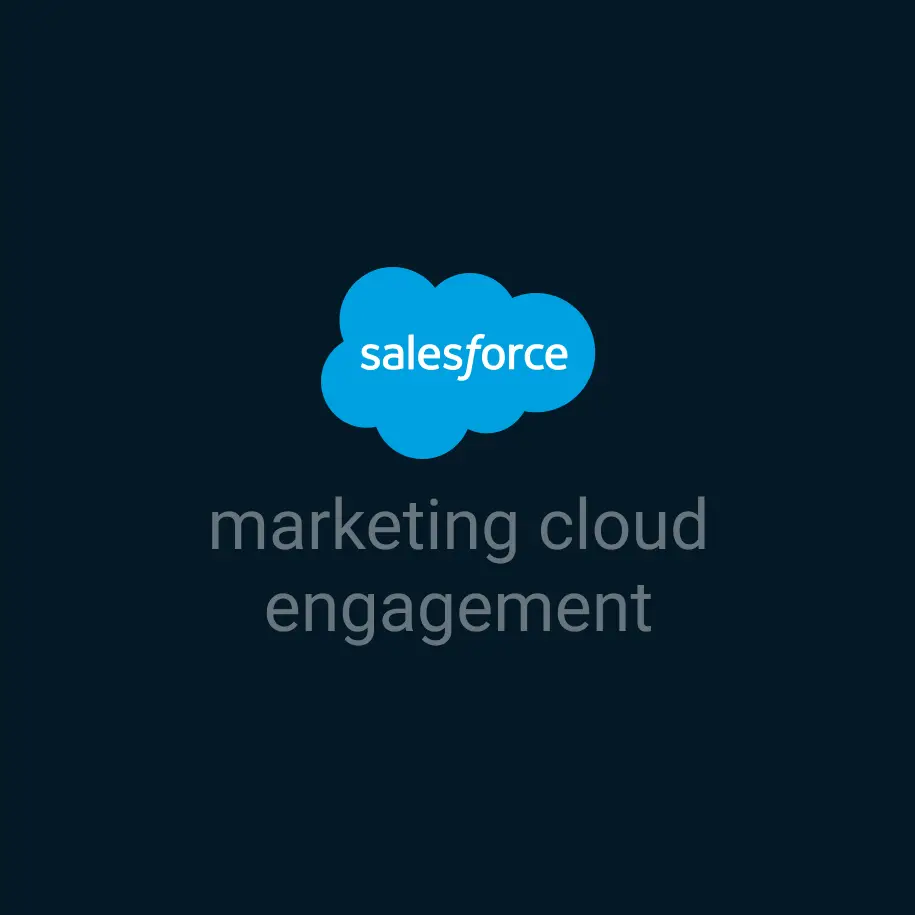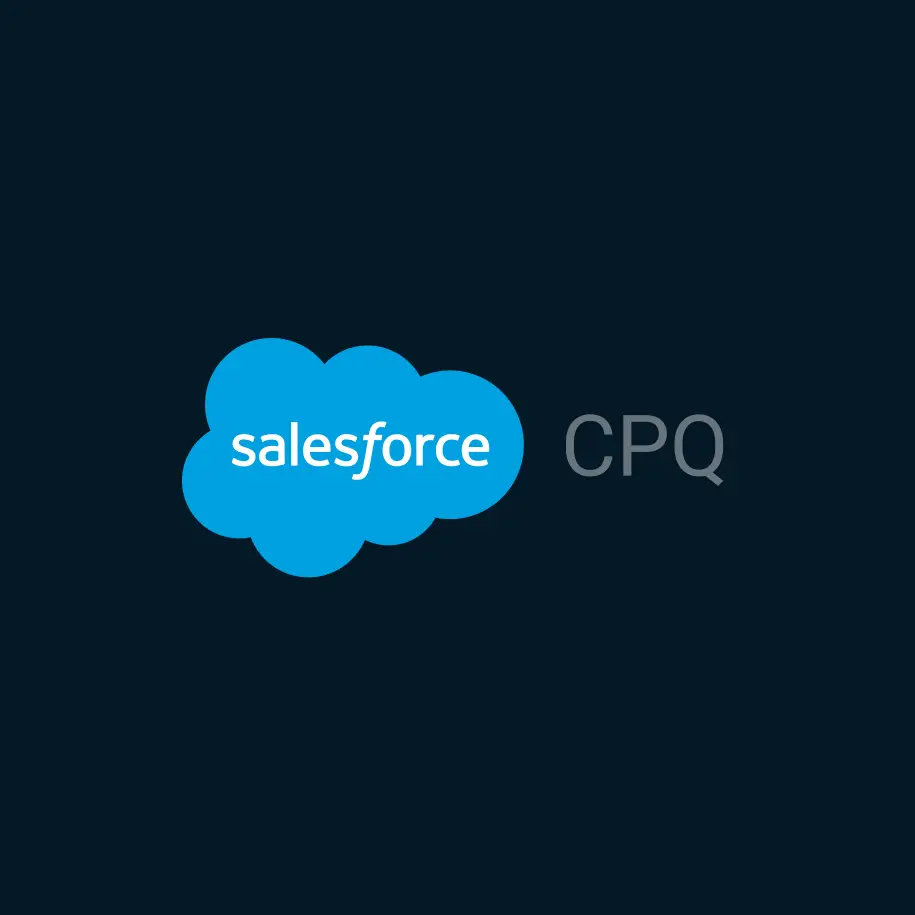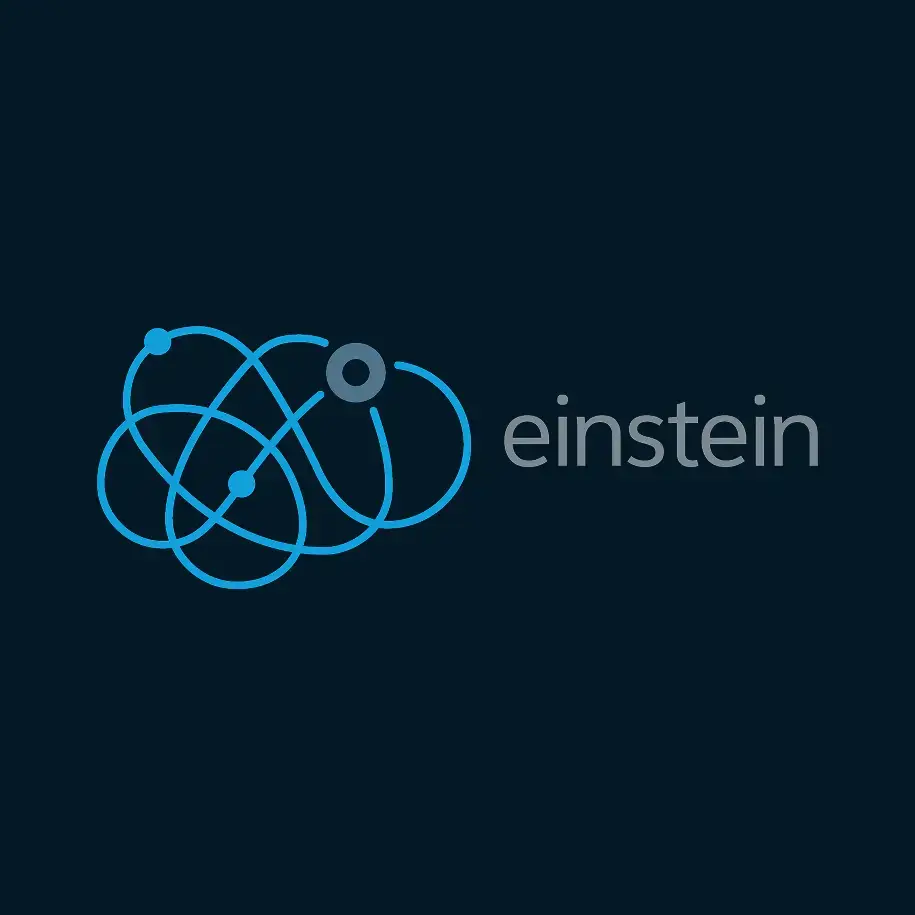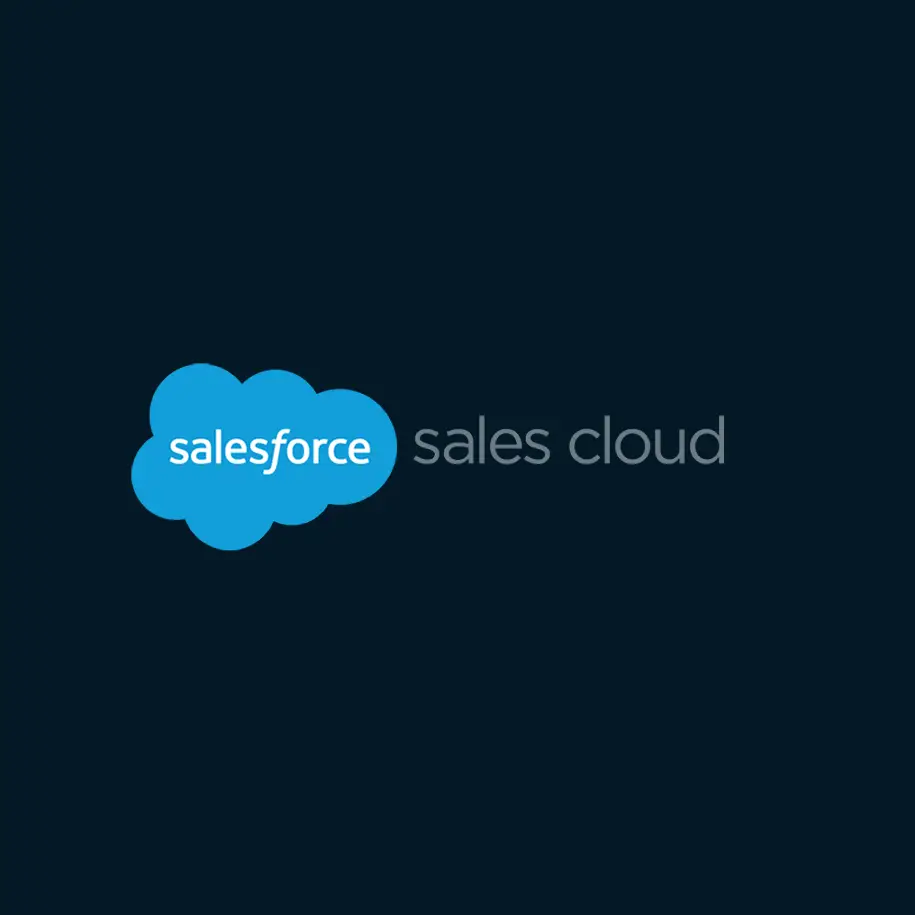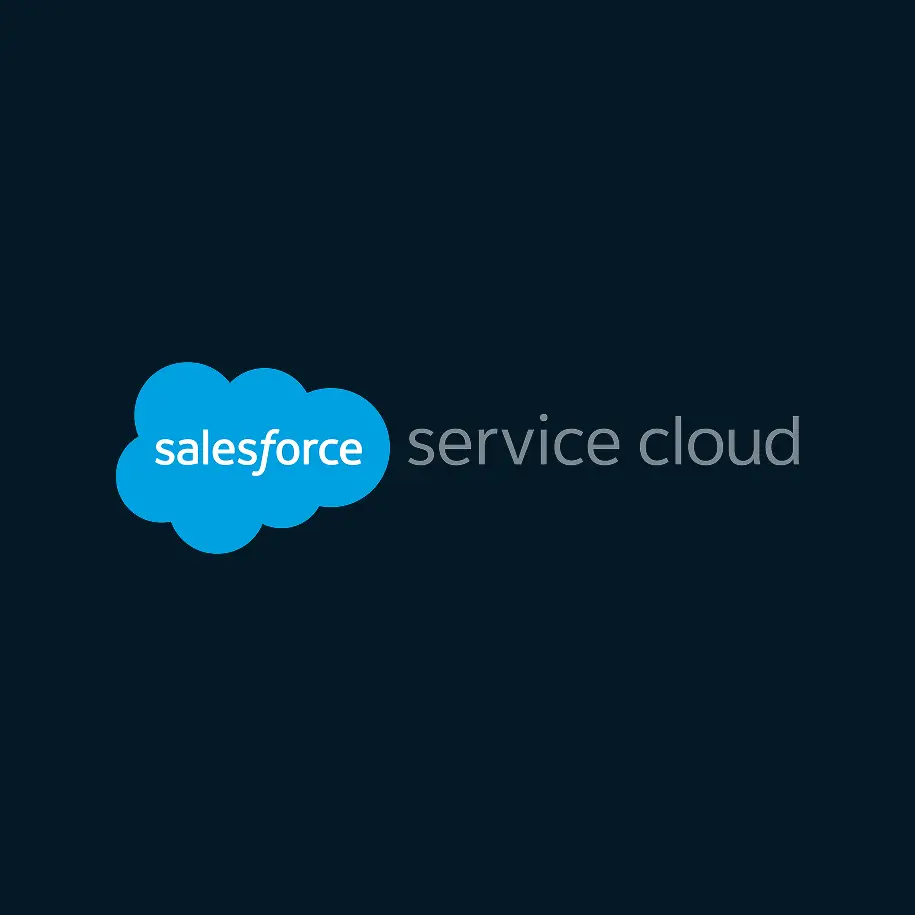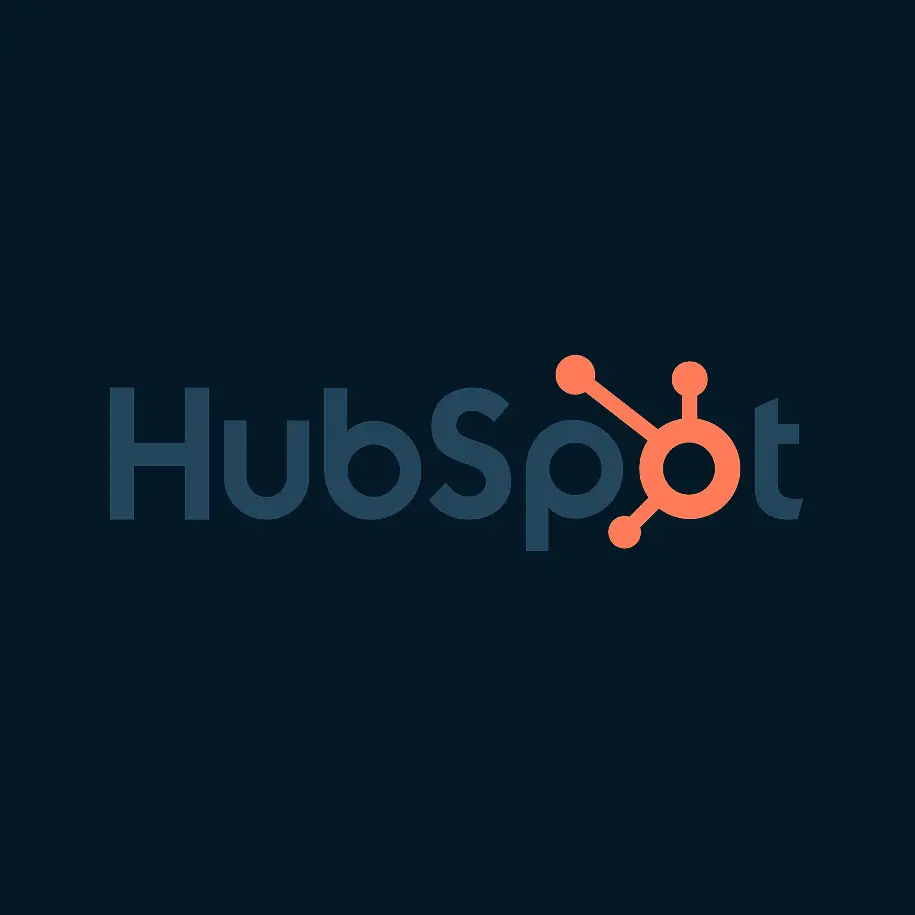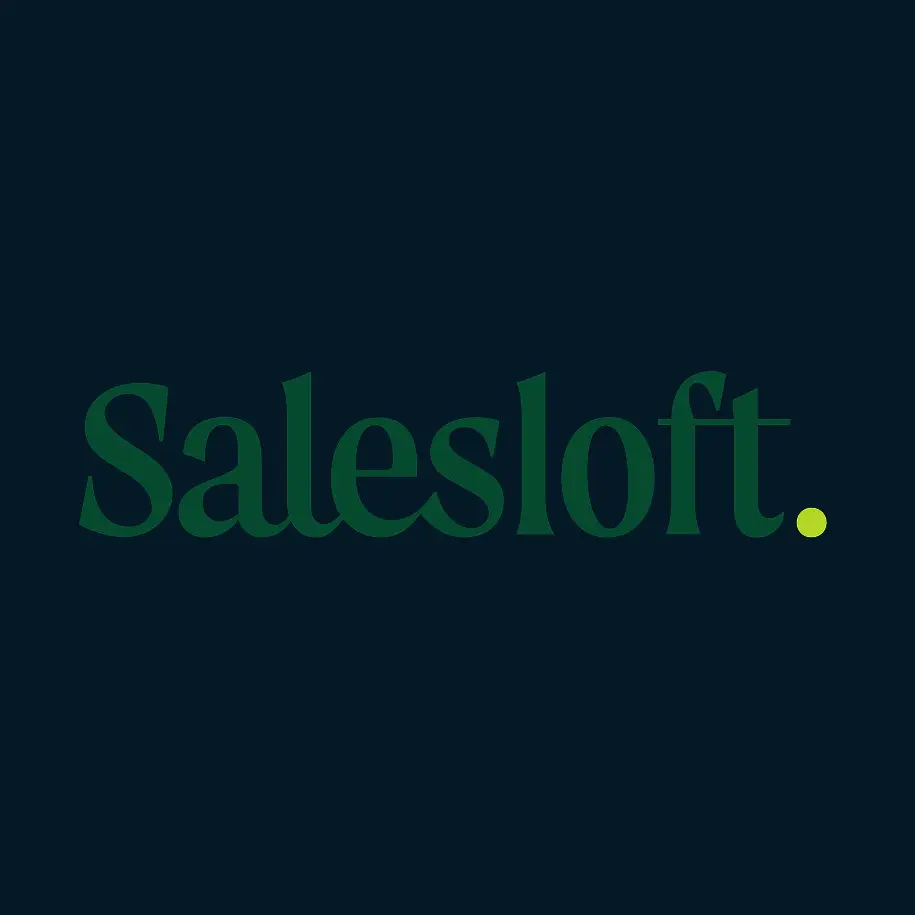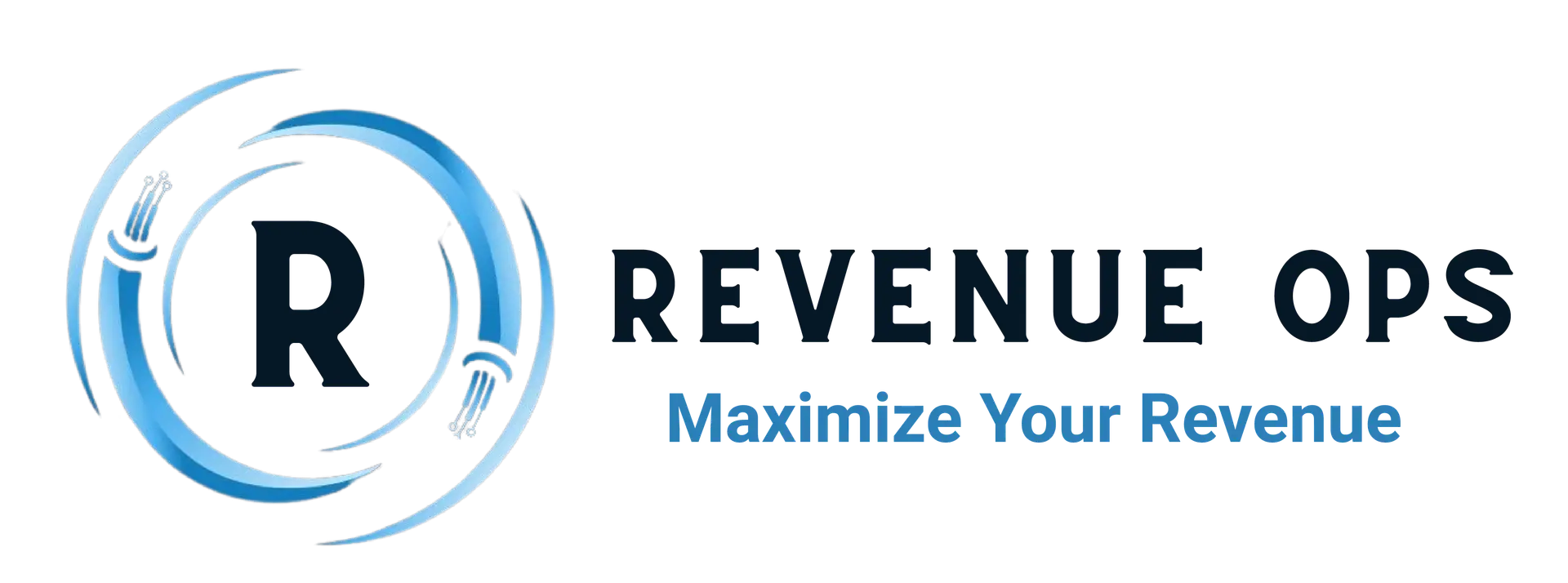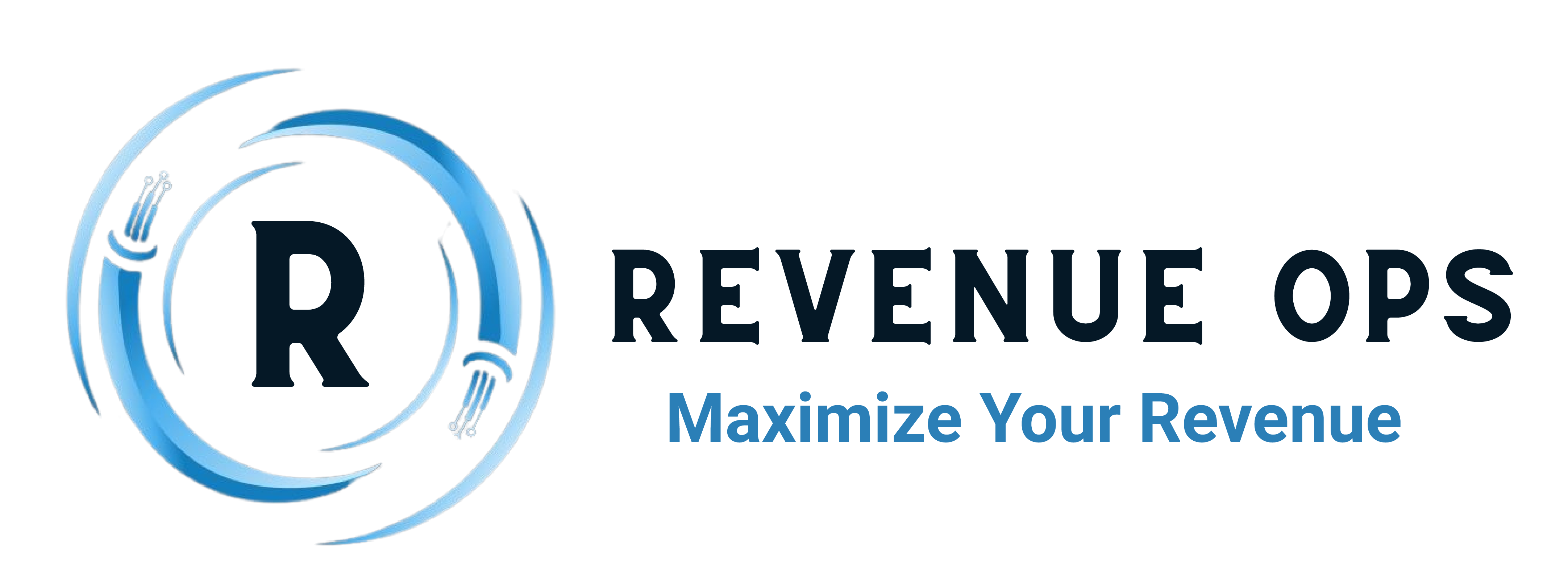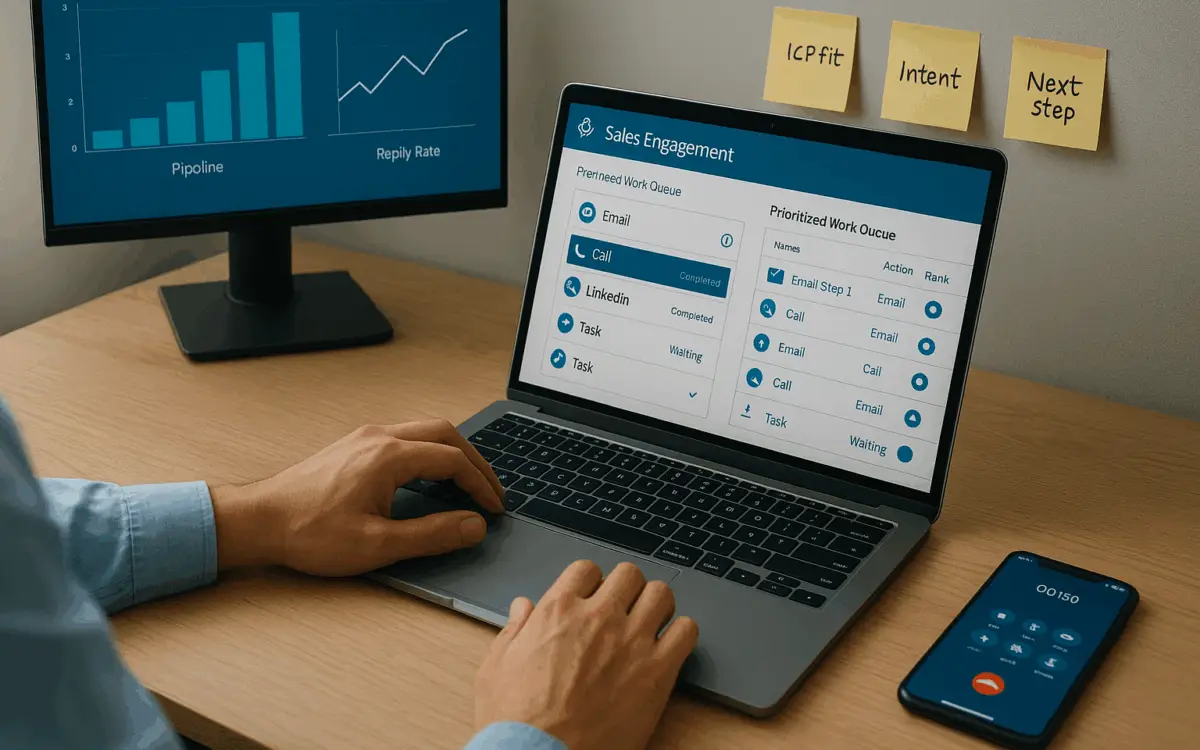
Sales Engagement That Actually Works: A Practical, Human Playbook
Sales engagement isn’t about blasting more messages. It’s about helping reps have better conversations, faster—on the right accounts, at the right moments, with the right context. Below is a practical playbook you can run in Salesforce (or adapt to your stack) that balances systems with seller judgment.
What “good” sales engagement looks like
- Targeted: Reps work a prioritized list (ICP fit + intent + timing), not a random queue.
- Contextual: Every touch references the person, the account, and the problem—never “just checking in.”
- Measurable: You can see sequence/cadence performance, coach calls, and fix weak steps.
- Lightweight to maintain: Ops manages the system; reps stay in their flow of work.
If you nail those four, activity becomes conversation, and conversation becomes pipeline.
Foundations before you scale
- Define one outreach intent per cadence
Don’t mix “net-new meeting set” with “closed-lost revive.” Build separate cadences and exit them on success. - Instrument the basics
Track reply rate, positive/neutral/negative sentiment, meeting rate, time-to-first-response, and step completion. Name cadences with owner + ICP + intent (e.g.,AEM | Mid-Market Security | First Meeting). - Build a shared content library
Snippets for problems, personas, and proof points. Keep “less than 120 words” as a rule of thumb for cold email; let reps personalize the first 2–3 sentences with context.
In Salesforce, Sales Engagement gives you cadences, a prioritized work queue, email integration, and reporting—so you can standardize what “good” looks like without boxing reps in.
Cadence best practices (that hold up in real life)
1) Write for conversation, not compliance
- Lead with a single problem you can credibly solve; add 1 line of social proof; close with a low-friction ask (“open to a quick gut-check?”).
- Personalize to the account more than the individual: a trigger, initiative, or metric shift.
Salesforce how-to: Use Cadence Builder 2.0 to lay out email, call, and task steps with conditional branches based on opens/replies.
2) Mix channels with intent
- Email to set context, phone to qualify, LinkedIn to add trust, calendar to reduce friction.
- Use “availability windows” (e.g., no dials 12–1pm local) and time-zone aware steps.
Salesforce how-to: Trailhead’s module on managing cadences covers step types, availability settings, and monitoring performance.
3) Make your work queue smarter than your inbox
- Prioritize by: ICP score → intent → recency of engagement → SLA on hand-raisers.
- Auto-skip or fork steps when the prospect engages elsewhere (webinar, pricing page, support ticket).
Salesforce how-to: Standard cadences + the Sales Engagement work queue keep reps focused on “do first” tasks instead of inbox roulette.
4) Coach from real conversations
- Review 2–3 calls per rep weekly: opening, discovery depth, and next-step clarity.
- Tag competitive mentions and objection themes; turn them into snippets and training.
Salesforce how-to: Einstein Conversation Insights surfaces keywords, pricing moments, and next-step gaps for targeted coaching.
5) Protect deliverability (and your brand)
- Warm new sending domains, cap new-sender volume, keep bounce/complaint rates low.
- Kill zombie cadences. If reply = “not now,” fork into a nurture path instead of restarting cold.
Metrics that matter (and what to do about them)
- Reply rate (by persona & message): If low, your problem statement isn’t resonating—rewrite the first 50 words and test 2 new angles.
- Positive response rate & meeting rate: If replies are up but meetings aren’t, tighten your CTA and add a calendar link after 2 exchanges.
- First-response time (hand-raisers): Over 10 minutes? Route directly to a “speed-to-lead” micro-cadence owned by an available rep.
- Step completion & time-in-queue: If reps stall at manual steps, simplify or convert to assisted steps (templates, call-guides).
- Pipeline created per 100 touches: The only North Star that matters at the motion level.
Governance: keep it sharp, not bloated
- Monthly: Archive cadences <5% positive reply; keep a changelog of “winners.”
- Quarterly: Re-segment ICP and triggers; refresh messaging with 3–5 new proofs.
- Always: Treat cadences like products: owners, release notes, and retirement dates.
A simple 30–60–90 rollout
Days 1–30
- Pick one motion (e.g., Mid-Market net-new).
- Ship 2 cadences (A/B) with 6–8 steps over 12–15 business days.
- Stand up a weekly call coaching and a 30-minute cadence retro.
Days 31–60
- Add a speed-to-lead path for inbound.
- Connect marketing triggers (events, pricing-page visits) to fork steps automatically.
- Publish a living snippet library mapped to common objections.
Days 61–90
- Expand to one new segment or intent.
- Layer in manager dashboards for reply quality, meeting rate, and pipeline per touch.
- Tune availability windows and call windows by persona.
Bottom line
Great sales engagement is a system, not a script: a clean queue, tight cadences, real coaching, and a feedback loop that ships better messaging every month. Start small, measure honestly, and keep what works.
